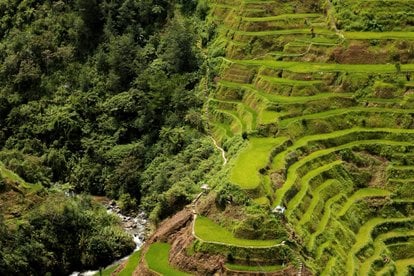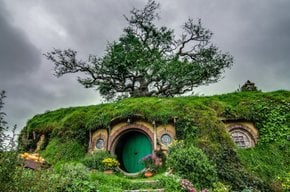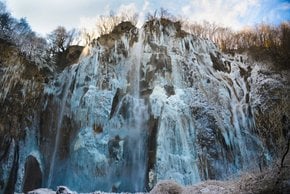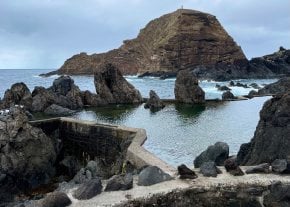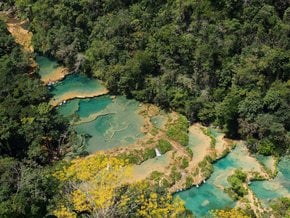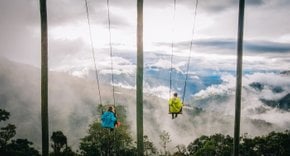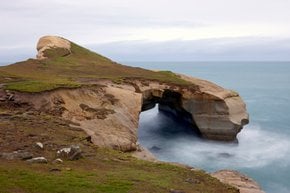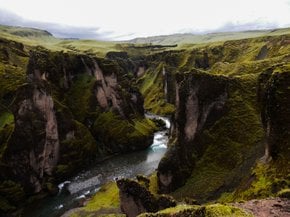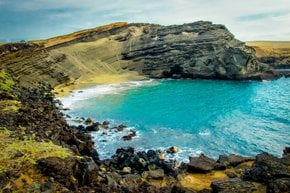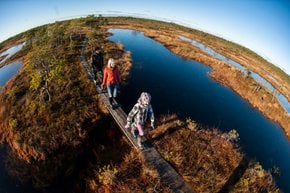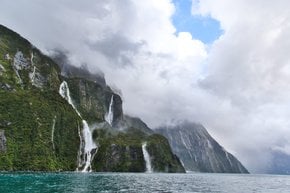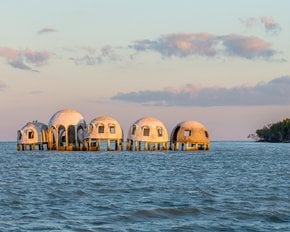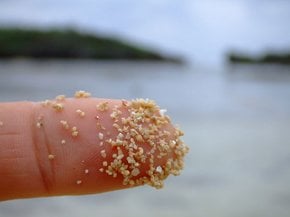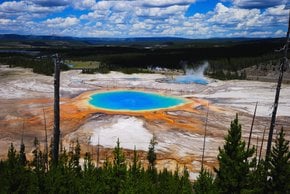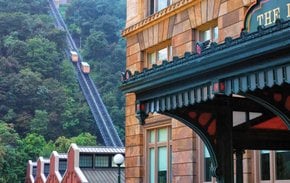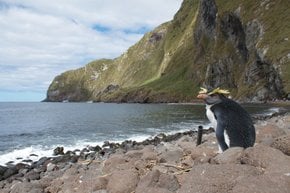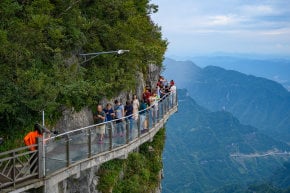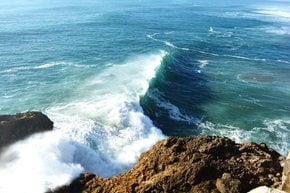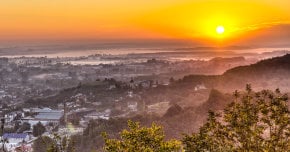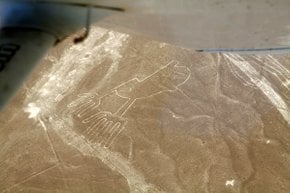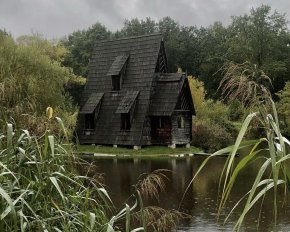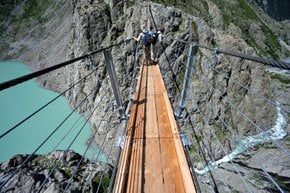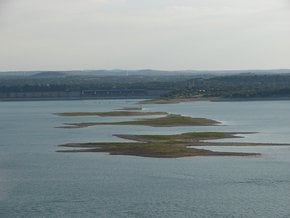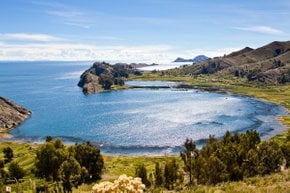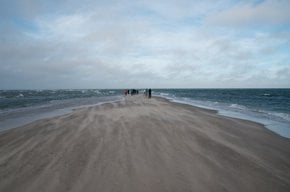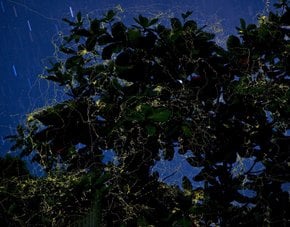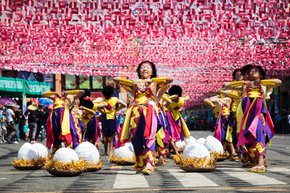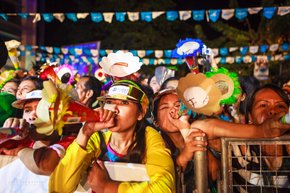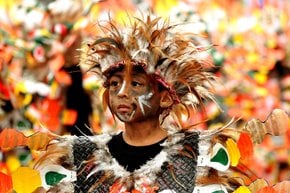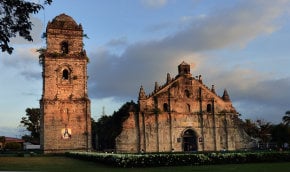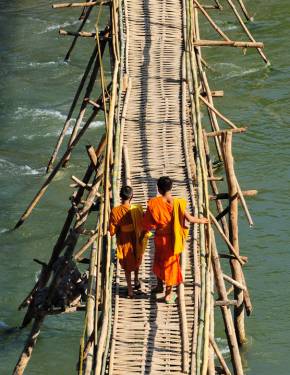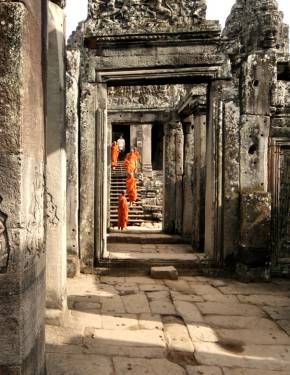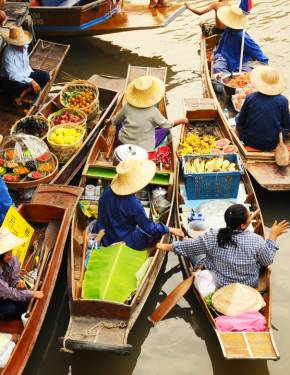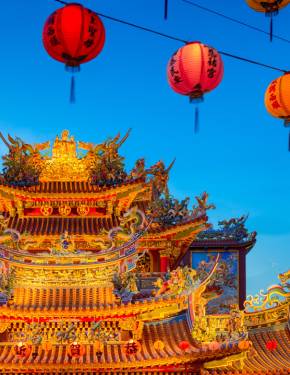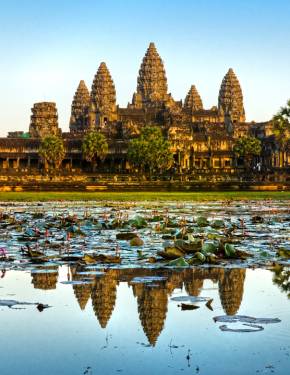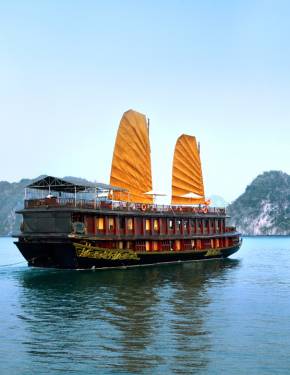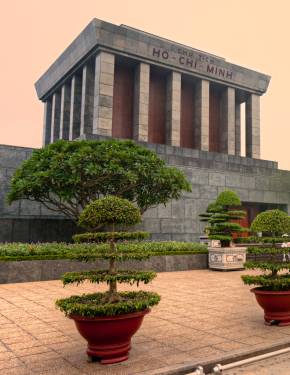Banaue and Batad Rice Terraces in Philippines 2025-2026
Do not miss a chance to visit the potential “Eighth Wonder of the World”
Best time: September–June
The Banaue and Batad Rice Terraces in the Philippines are widely regarded as engineering marvels and cultural landmarks, often hailed as the "Eighth Wonder of the World." Nestled within the Cordillera mountain range of the Philippines in the Ifugao Province on Luzon Island, these terraces are not only a testament to the ingenuity of ancient civilizations but also a breathtaking destination for those interested in exploring the natural and cultural heritage of the region.
Best Times to Visit
The appearance of the rice terraces changes dramatically with the seasons. For lush greenery, visit during the planting and growing periods in April-May or October-November. Harvest time in June or December showcases golden hues, while January-March offers mirror-like water-filled terraces. July and August are considered less ideal due to heavy rains and potential landslides, though adventurous travelers may still find opportunities to explore.
Activities and Experiences
According to UNESCO, the rice terraces cover an extensive area and consist of five inscribed clusters: Nagacadan in Kiangan, Hungduan, central Mayoyao, Bangaan in Banaue, and Batad in Banaue, all created by the Ifugao ethnic group. Among them, the Banaue rice terraces are the most renowned. Visitors to the Banaue Rice Terraces can explore the site on foot, marveling at the intricate hand-carved steps that rise up to 4,921 feet (1,500 m) above sea level.
In Batad, about an hour’s drive from Banaue, the amphitheater-shaped rice terraces offer a different perspective. Hiking trails in Batad are more challenging but lead to rewarding views and cultural encounters. Popular routes include treks to Tappiya Falls, a cascading waterfall ideal for cooling off after a hike.
Location, Access, and Transportation
Located approximately 230 miles (370 km) north of Manila, Banaue can be reached via an overnight bus journey lasting 9–10 hours. Once in Banaue, jeepneys and tricycles provide transport to nearby areas, including Batad. Reaching Batad involves a combination of vehicle rides and a short trek, as roads do not extend directly to the village. The terrain can be steep, so visitors should wear appropriate footwear and be prepared for moderate physical exertion.
While children may find the experience of visiting the terraces educational and adventurous, the steep trails may pose challenges for younger visitors. Families with pets should note that many trails are rugged and may not be suitable for animals.
Guided Tours
Guided tours are available and often include visits to nearby Ifugao villages, where you can meet the Ifugao people and learn about the traditions and craftsmanship of the local tribes. Options include half-day hikes or multi-day trips, with round-trip transfers available from Manila, Makati, Ortigas, Taguig, Quezon City, and Pasay. Led by knowledgeable local guides, these tours provide insights into traditional farming practices and rice winemaking. Prices range from approximately $70 to $1,000 per adult, depending on the tour's length and exclusivity.
Nearby Attractions
In addition to the terraces, visitors can explore the Banaue Viewpoint, which offers stunning panoramic views. The Banaue Museum provides insights into Ifugao culture and history. For those with additional time, the nearby Hapao Rice Terraces, part of the same cultural landscape, are highly recommended.
Visitor Facilities
Banaue and Batad offer basic infrastructure for travelers. Accommodations range from simple homestays to budget-friendly lodges, many of which provide traditional meals featuring locally grown ingredients. While Banaue has a wider range of dining and lodging options, Batad is more rustic, with fewer but charming guesthouses. Basic amenities like public restrooms and small eateries are available, though visitors should not expect luxury facilities.
Historical Significance
The Banaue and Batad Rice Terraces are believed to be over 2,000 years old and built by the ancestors of the Ifugao people. These terraces were ingeniously designed to follow the contours of the mountains, utilizing an ancient irrigation system fed by rainforests above. Recognized for their historical and cultural importance, they have become a symbol of sustainable agricultural practices and communal effort.

